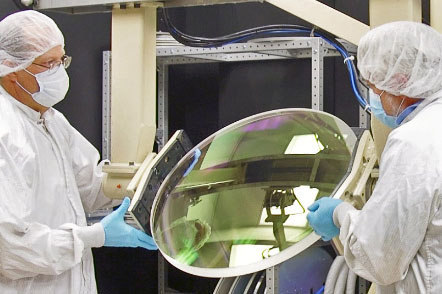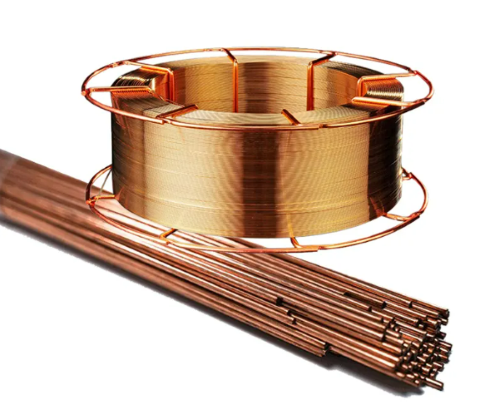An Overview of Hafnium Applications
Hafnium is a member of group 4 of the periodic table, along with Ti and Zr. It has an atomic number of 72 and an atomic mass of 178.
The geochemical properties of Hf and Zr are very similar since the ionic radius of Hf (71 pm) is almost identical to that of Zr (72 pm). All Zr minerals contain Hf and pure Hf minerals are not commonly known.

In general, igneous and metamorphic rocks contain very small amounts of Hf. Hafnium may be used as a pathfinder for Zr mineralization. Elevated Hf values indicate the presence of felsic rocks, especially intrusive masses. The resistant nature of Hf minerals limits the concentration of Hf in natural water. Hafnium is generally present in natural water at concentrations less than 0.1 µg l-1.

Sewage is the main anthropogenic source of Hf. Hafnium is used in the production of electric light bulb filaments, X-ray cathode tubes, reactor control rods, as alloys with Ti, Nb, Ta, and Fe, and in the ceramics industry. Several investigations during the 1960s and 70s demonstrated that Hf concentrations were not elevated in areas of industrial activity, and it appears that geological sources of Hf are more important than anthropogenic ones.
Hafnium has no known biological function. Very little information is available concerning its toxicity, but it is generally regarded as being of low toxicity. No negative environmental effects have been reported. However, because insufficient data are available on the effect of Hf on human health, it should be regarded as potentially toxic.



